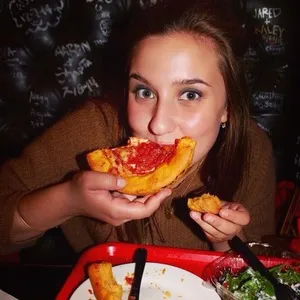Everyone loves a good glass of Champagne. Popping open a bottle of the bubbly drink is a symbol of happiness especially during times of celebration, or at brunch after a long night of partying.
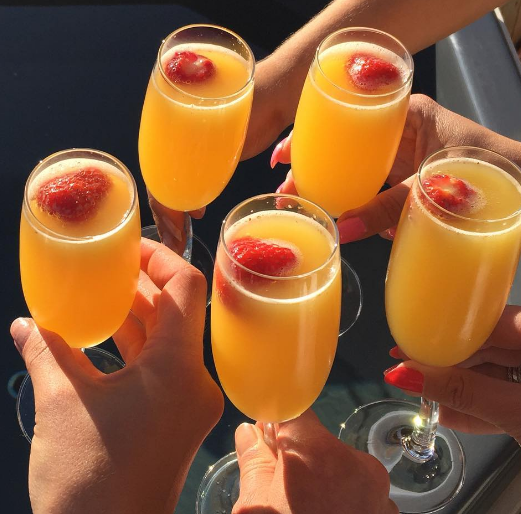
Photo courtesy of @marianakristiinal on Instagram
But many people who drink it do not know that Champagne is the name of a certain type of sparkling wine. To be considered Champagne, the sparkling wine must be produced from grapes grown in the Champagne region of France. That said, if your drink wasn’t made from grapes grown in the region, you are simply drinking sparkling wine.
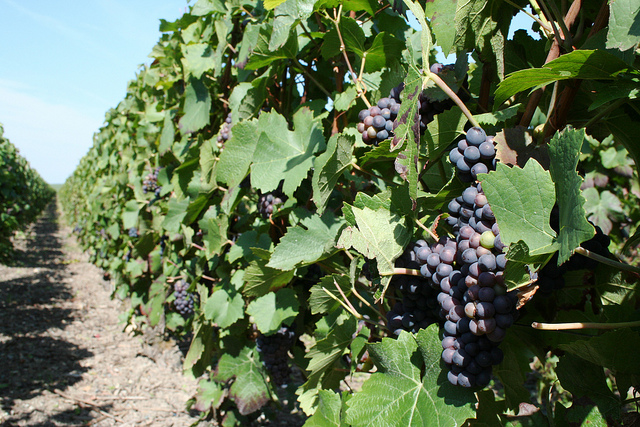
Photo courtesy of Megan Cole on Flickr
Sparkling wine is a generic term used for any bubbly wine that doesn’t have a specific regional classification. Other bubbly brands like Prosecco and Cava are also classified as sparkling wines, however, these brands are made in a specific region.
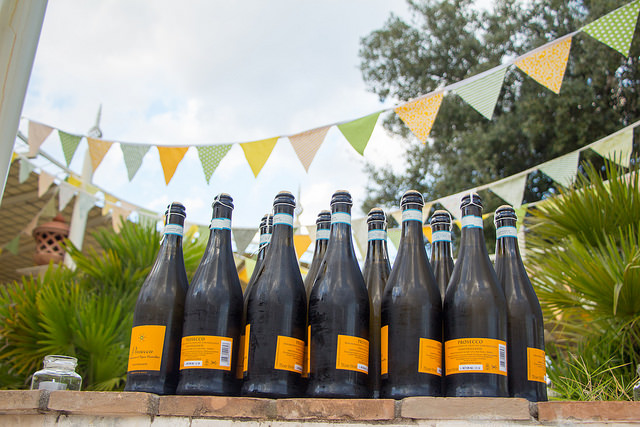
Photo courtesy of Sheep”R”Us on Flickr
And the use of the word Champagne is highly regulated by the French wine industry. With the help of the Comité Interprofessionnel du vin de Champagne (CIVC), strict rules and regulations have been established to control and protect the economic interests of their beloved bubbly drink.
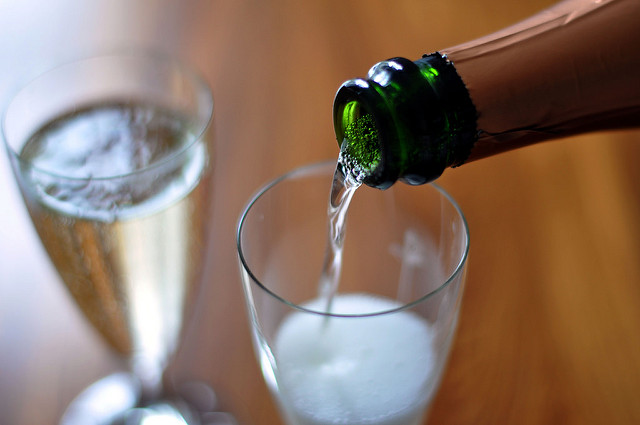
Photo courtesy of cyclonebill on Flickr
The regulations regarding the pressing process are just as important as the rules pertaining to the location of origin. To begin the wine-making process the grapes must be pressed immediately after picking, starting with a gentle pressure and then gradually increasing the pressure until the ideal volume of juice is produced. The regulated pressing process produces approximately 30 gallons of juice from every 352 pounds of grapes.
After yeast has been added for fermentation, the wine must undergo secondary fermentation in the bottle it will be sold in, also know as maturing on its lees. By the end of second fermentation, all of the sugars have been consumed and the yeast will be decomposed. Non-vintage bottles of Champagne require a minimum of one and a half years of aging.

Photo courtesy of Stefano Lubiana on Flickr
By establishing a strict set of rules, the industry controls how many bottles of authentic Champagne are able to reach the market each year. And with limited quantities of product in the market place, prices remain on the higher end of the spectrum.
The next time you open a bottle of bubbly for a celebration, check the label and see if you are enjoying sparkling wine or authentic Champagne. But regardless of where your bubbly was produced, don’t let it ruin your festivities. Pick up that bottle, pop that cork and start drinking.


